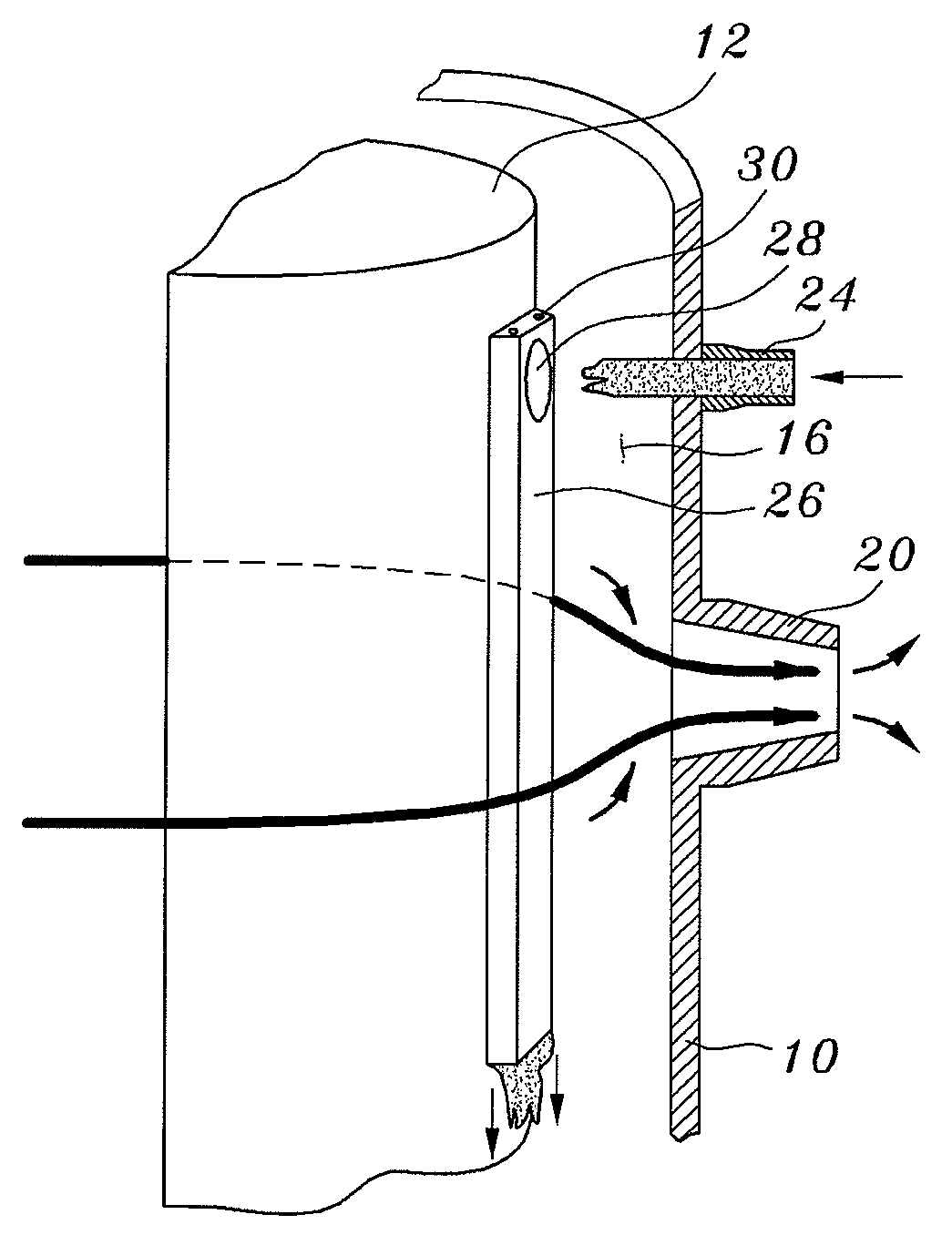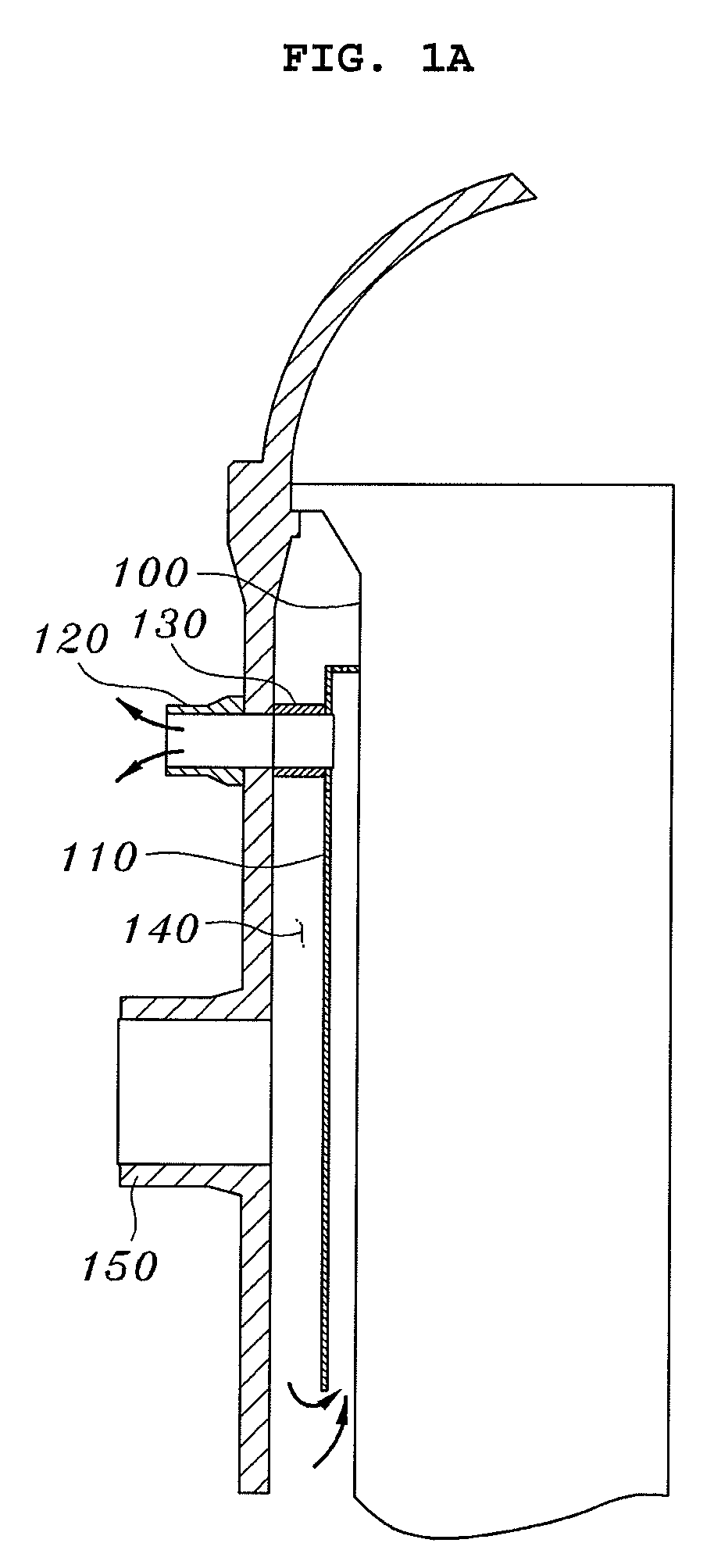Emergency core cooling system having core barrel injection extension ducts
a core cooling and core barrel technology, applied in the direction of nuclear reactors, nuclear elements, greenhouse gas reduction, etc., can solve the problems of unanticipated reactor core cooling effect, damage to the reactor, unexpected safety problems of pressurized light water reactors, etc., to prevent the level of cooling water from being lowered, reduce the cross flow resistance of the downcomer, and meet the safety and safety regulatory requirements of the reactor.
- Summary
- Abstract
- Description
- Claims
- Application Information
AI Technical Summary
Benefits of technology
Problems solved by technology
Method used
Image
Examples
Embodiment Construction
[0036]Reference will now be made in greater detail to an exemplary embodiment of the invention, an example of which is illustrated in the accompanying drawings. Wherever possible, the same reference numerals will be used throughout the drawings and a description to refer to the same or like parts. The detailed descriptions of known functions and constructions that might needlessly obscure the subject matter of the present invention will be avoided herein.
[0037]As illustrated in FIG. 4A, an emergency core cooling system having injection extension ducts 26 of a core barrel 12 adopts a system of directly injecting emergency core cooling water into the downcomer 16 of a reactor vessel 10. Here, a pressurized light water reactor generally comprises an outer reactor vessel 10 and a core barrel 12, which has a diameter smaller than that of the reactor vessel 10 and is installed at the center of the reactor vessel 10. Further, a core 14 into which nuclear fuel rods are charged is located in...
PUM
 Login to View More
Login to View More Abstract
Description
Claims
Application Information
 Login to View More
Login to View More - R&D
- Intellectual Property
- Life Sciences
- Materials
- Tech Scout
- Unparalleled Data Quality
- Higher Quality Content
- 60% Fewer Hallucinations
Browse by: Latest US Patents, China's latest patents, Technical Efficacy Thesaurus, Application Domain, Technology Topic, Popular Technical Reports.
© 2025 PatSnap. All rights reserved.Legal|Privacy policy|Modern Slavery Act Transparency Statement|Sitemap|About US| Contact US: help@patsnap.com



